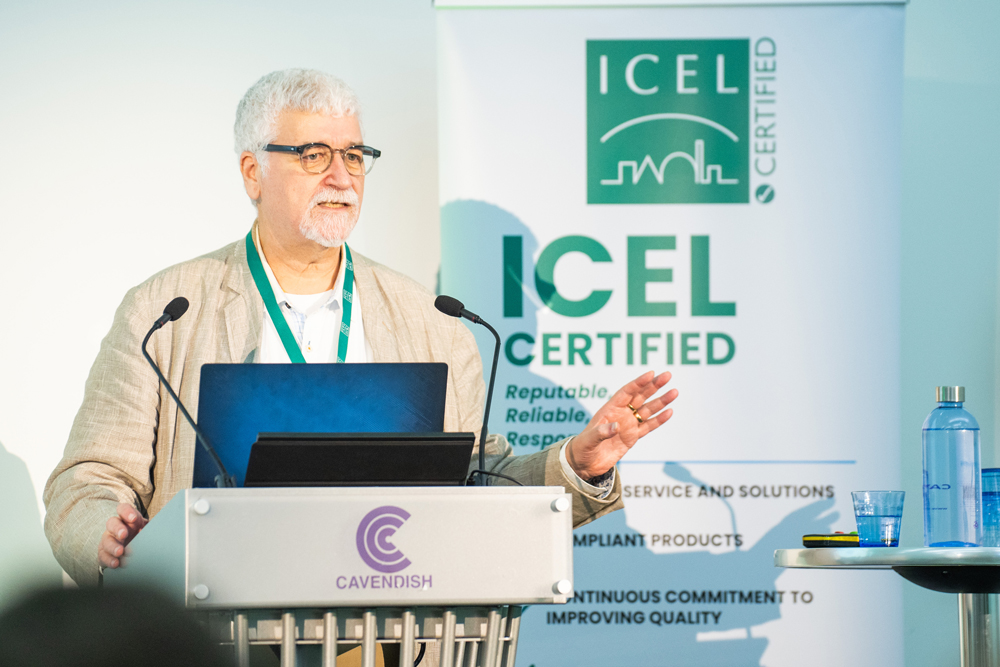
Just over a week after the final report of the Grenfell Tower Inquiry was released, the ICEL Emergency Lighting Conference took place, resonating deeply with the attending professionals and industry experts. The Grenfell disaster, which tragically claimed 72 lives in 2017, served as a stark reminder of the critical importance of compliance, competence, and a holistic approach to emergency lighting. With the Inquiry’s findings revealing a devastating chain of failures, the conference focused on charting a safer course for the built environment through enhanced and compliant emergency lighting systems.
Joanna Watchman, the event facilitator, set the tone for the day by addressing the gravity of the situation: “Ignorance is rife. But ignorance is not an excuse.” This sentiment was echoed throughout the sessions as the audience reflected on the tragic lessons learned from Grenfell, where dangerous cladding contributed significantly to the fire’s rapid spread. The final 1,700-page report highlighted how warnings about these dangers were ignored for 25 years – a sobering context for the event.
The conference was divided into four key sections:
- Setting Context and Competence
- Product Design
- Built Environment
- Key Contributors
Among the key takeaways from the day were the importance of the “golden thread of information”. Those responsible for building safety will maintain this to identify, understand, manage, and mitigate building safety risks throughout the building’s lifecycle. High-rise buildings will have an accountable person responsible for managing building safety by preventing and reducing fire spread and structural failures, limiting the consequences for the people living and working in and around the building.
Three key solution studies were presented on the need for emergency lighting solutions that reduce testing and maintenance burdens while ensuring optimal safety, underscoring the focus on innovation and compliance.
Professor Ed Galea’s session captivated attendees as he highlighted the need for unambiguous, dynamic signage, stating that “EVERY SECOND COUNTS” when it comes to evacuation. His research on human reaction to different emergency scenarios provided crucial insight, emphasising the passive nature of current signage and the need for improvements to ensure safety.
Some feedback from the day boasted:
“Attending the event provided me with not only an insight with what is to come in the emergency lighting industry, but it also embedded the importance of the requirements, and the steps required into developing emergency lighting systems,” said Warren Branson, Associate Engineer at CPW.
“A big thank you to The LIA team and fellow attendees for the insightful discussions and hands-on learning. I left feeling more inspired and excited for the future of lighting!” said Harry Langdon, Operations Manager at Future Group.
Ayça Donaghy, CEO of The Lighting Industry Association (LIA), spoke passionately about the day’s success and the necessity of such conferences: “The Grenfell disaster has had an indelible impact on our industry. The need for this conference is greater than ever, as we continue to learn and ensure that such a tragedy never happens again.”
Alan Daniels, Chair of the ICEL Council, also expressed his gratitude, saying, “Thank you to all attendees, the ICEL Council, and our dedicated volunteers for their hard work and commitment. Together, we are making strides towards a safer future.”
The ICEL Emergency Lighting Conference provided a critical platform for industry collaboration, with a clear message that only through competence, compliance, and innovative solutions can the built environment be made safer for all.













